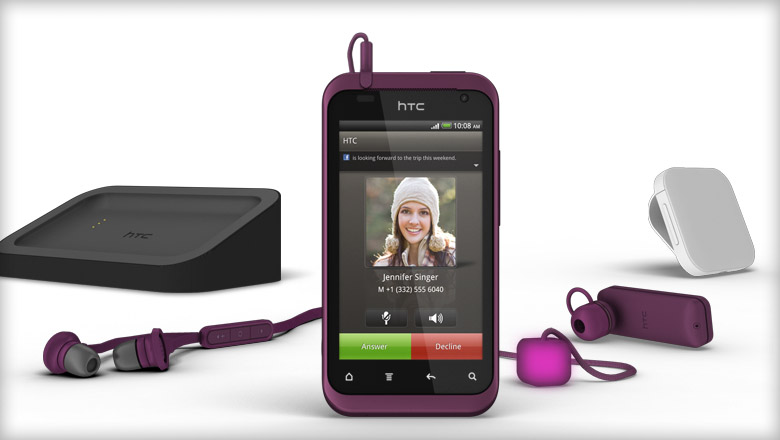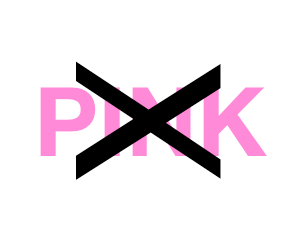I realize that if you were raised in a western culture, you were indoctrinated from a young age with the idea that genders are color-coded: pink for girls and blue for boys. This was reinforced in many ways, starting with the clothing and toys your parents selected for you as a child through to adulthood where these color themes come into play even when choosing a mundane tool like a disposable razor.
Again, I can understand this. But you should know that this gender color-coding is not instinctive. Girls don’t naturally gravitate toward the color pink and boys don’t automatically like the color blue. There was even a scientific study that tried to prove that these color preferences were gender-inherent, but it was debunked as bad science. It turns out that it’s probably all cultural.
So you should know that I, as a woman, don’t need (or want) to buy products that are pink (or fuschia, magenta, purple, plum, violet, or any other similar shade). Maybe my parents did paint room my pink when I was a little girl. But if anything, this made me hate pink with a passion. I wanted my room to be blue and repeatedly asked them to change it to no avail.
As an adult, there is little in my closet or home that is pink. Wait – I do have two pink sweaters. They were on sale at Banana Republic. And one pair of pink underwear (Victoria’s Secret is fully on board with the idea that pink is for girls). But that’s it. All of my cell phones have been black or silver or even (gasp!) blue. My computers are white or sleek, naked aluminum. My car is black. My last motorcycle? Black and silver.
Do you see a theme here? If not, let me be more direct. The fact that I have a vagina does not naturally predispose me to want pink products and I have no desire to have my cell phone or any other item match it.
Sincerely,
Marianne Schultz
 Note: This post was prompted by HTC, who just released the Rhyme, an Android smartphone targeted at women that comes in one color (purple) and includes a matching LED-lit charm attachment. If it had been a beast of a device with specs, features and apps better than anything else out there, fine. But it’s not. It only stands out because it’s purple. How gullible do you think I am?
Note: This post was prompted by HTC, who just released the Rhyme, an Android smartphone targeted at women that comes in one color (purple) and includes a matching LED-lit charm attachment. If it had been a beast of a device with specs, features and apps better than anything else out there, fine. But it’s not. It only stands out because it’s purple. How gullible do you think I am?
This post is also for any company currently making or planning to make products targeted at women. If you just focus on making it a good product, I’ll be more likely to buy it. But if you try to tart up something average to make it prettier (or, rather, what you think I’ll find prettier), well, keep putting lipstick on that pig and see where that gets your stock price.


Plus the whole pink is for girls, blue is for boys is really recent, and only took hold during the 1940s. Prior to that, pink was a boys color, as it was seen as a light shade of the hyper-masculine red.
http://www.smithsonianmag.com/arts-culture/When-Did-Girls-Start-Wearing-Pink.html
http://www.straightdope.com/columns/read/2831/was-pink-originally-the-color-for-boys-and-blue-for-girls
I read about that as well. It’s so interesting how that’s changed since then. Thinking about pink for boys sounds odd now thanks to all the socialization I’ve been subjected to.
One interesting point in the study described in the article I linked to above is that it included some Chinese subjects who had more of a preference for red overall. Since red is seen as a lucky color in Chinese culture, it’s clear that these beliefs and impressions can have a strong influence on color preferences that aren’t tied to gender.